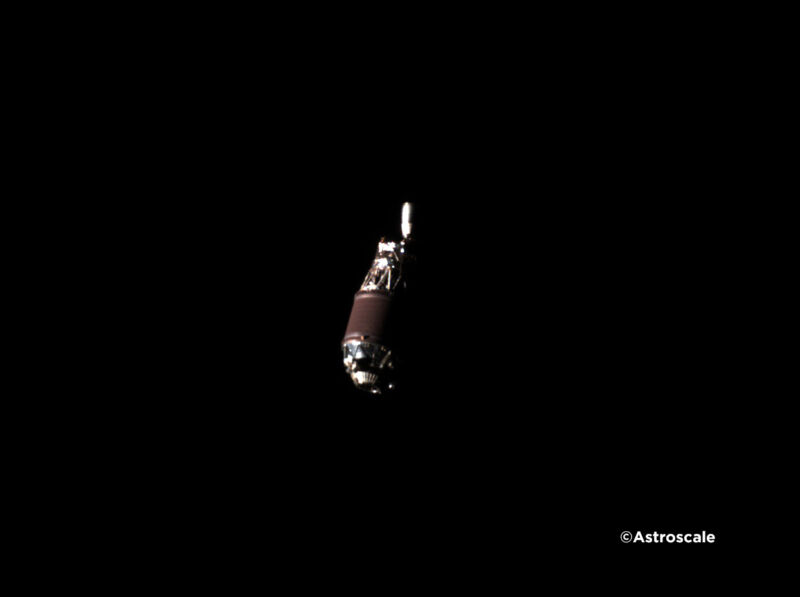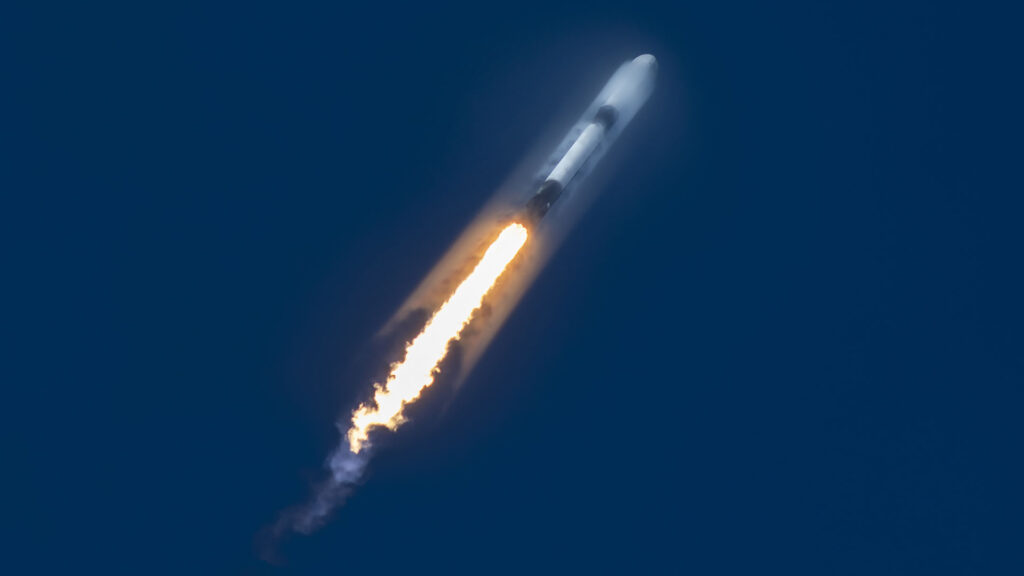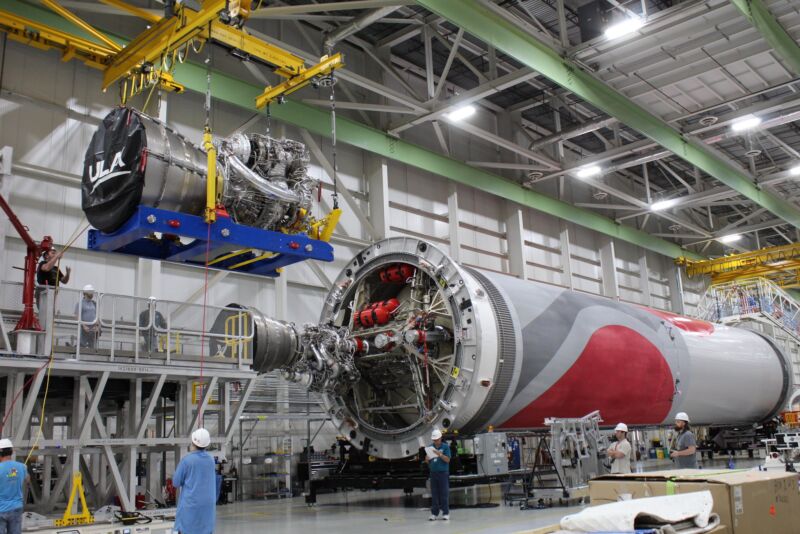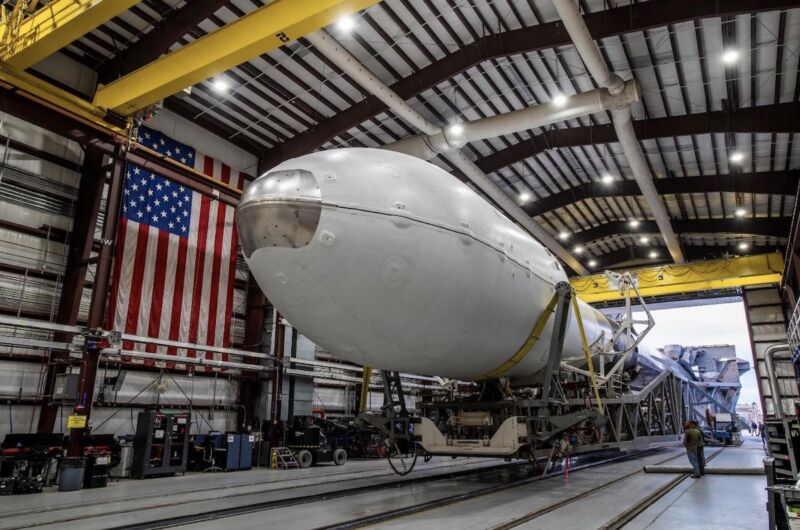-
 chevron_right
chevron_right
Rocket Report: Astroscale chases down dead rocket; Ariane 6 on the pad
news.movim.eu / ArsTechnica · 2 days ago - 11:00 · 1 minute

Enlarge / This image captured by Astroscale's ADRAS-J satellite shows the discarded upper stage from a Japanese H-IIA rocket. (credit: Astroscale )
Welcome to Edition 6.42 of the Rocket Report! There are several major missions set for launch in the next few months. These include the first crew flight on Boeing's Starliner spacecraft, set for liftoff on May 6, and the next test flight of SpaceX's Starship rocket, which could happen before the end of May. Perhaps as soon as early summer, SpaceX could launch the Polaris Dawn mission with four private astronauts, who will perform the first fully commercial spacewalk in orbit. In June or July, Europe's new Ariane 6 rocket is slated to launch for the first time. Rest assured, Ars will have it all covered.
As always, we welcome reader submissions , and if you don't want to miss an issue, please subscribe using the box below (the form will not appear on AMP-enabled versions of the site). Each report will include information on small-, medium-, and heavy-lift rockets as well as a quick look ahead at the next three launches on the calendar.

German rocket arrives at Scottish spaceport. Rocket Factory Augsburg has delivered a booster for its privately developed RFA One rocket to SaxaVord Spaceport in Scotland, the company announced on X . The first stage for the RFA One rocket was installed on its launch pad at SavaVord to undergo preparations for a static fire test. The booster arrived at the Scottish launch site with five of its kerosene-fueled Helix engines. The remaining four Helix engines, for a total of nine, will be fitted to the RFA One booster at SaxaVord, the company said.








